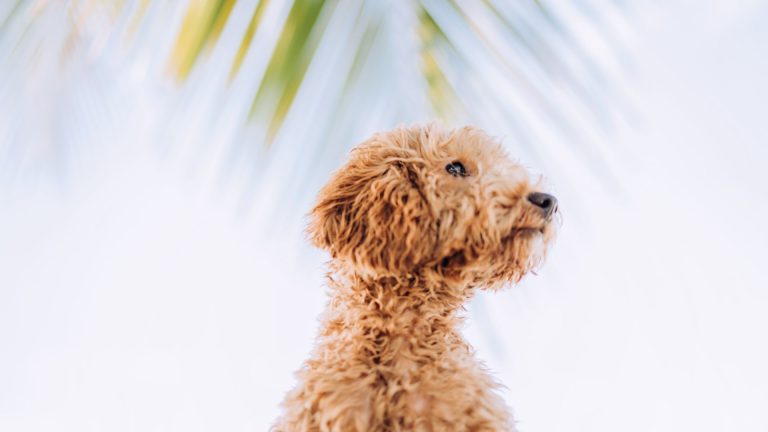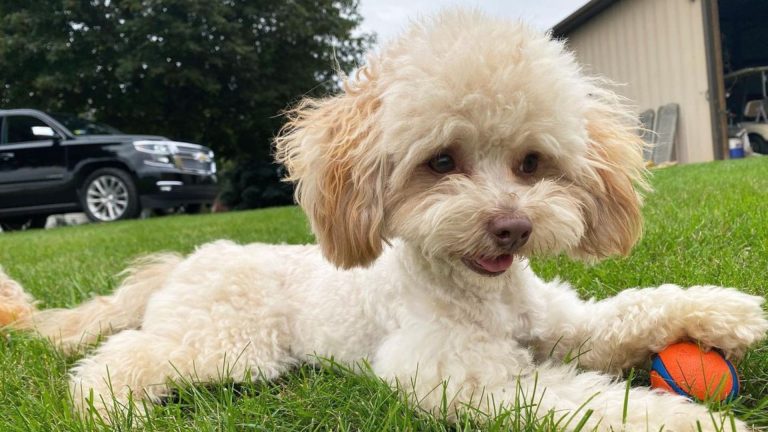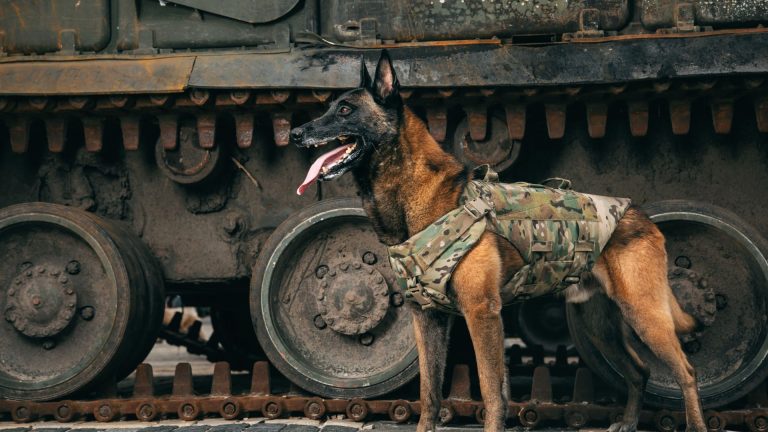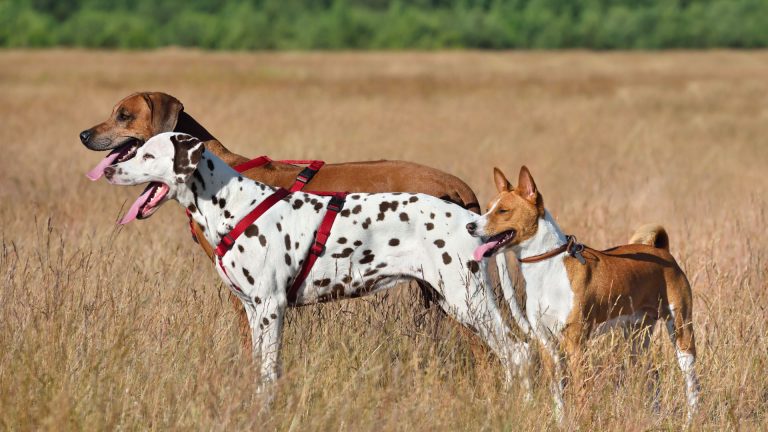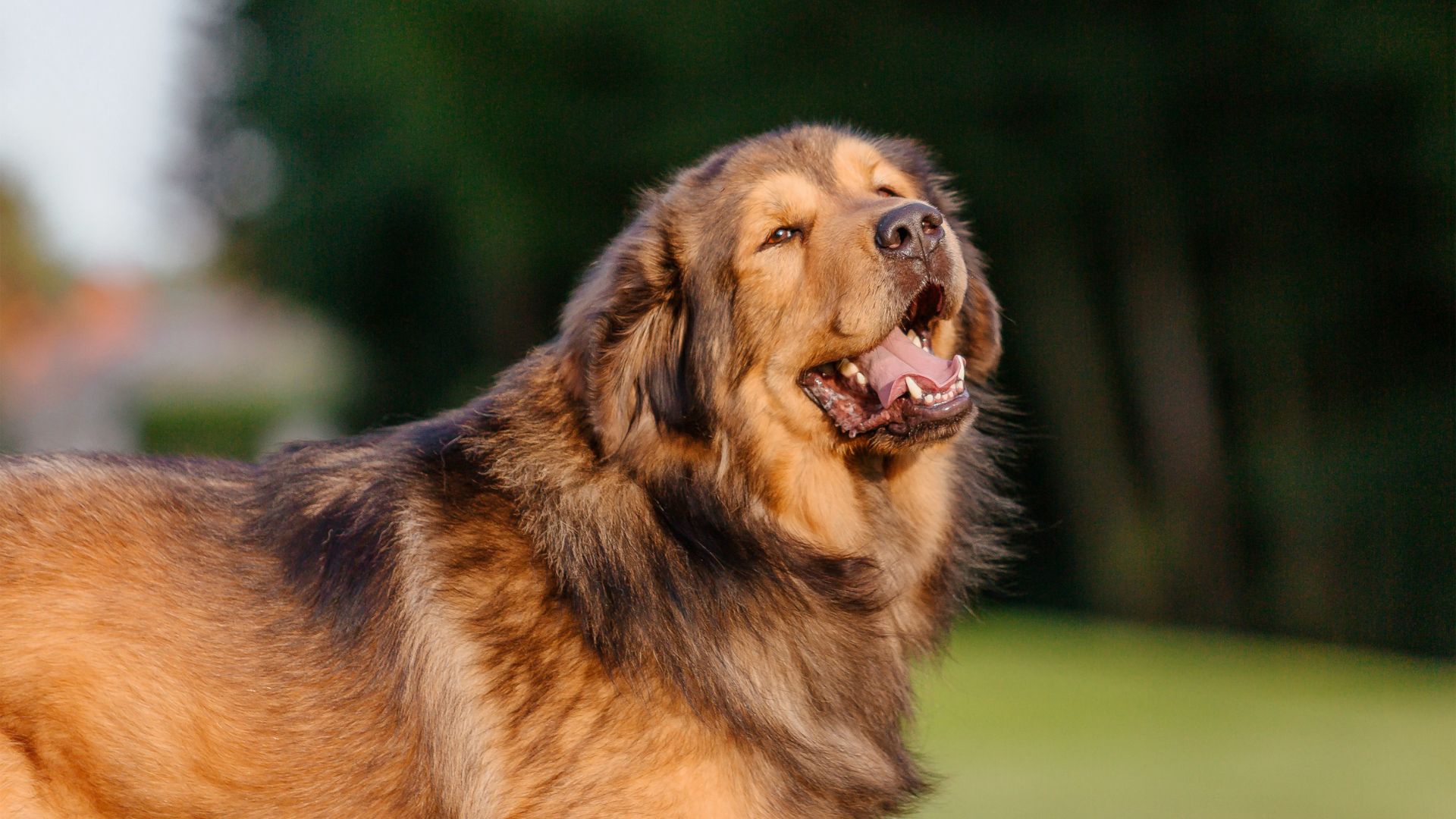
Contents
Understanding aggressive dog breeds is crucial for owners, potential adopters, and the public. Aggression in dogs can result from genetics, environment, and training. This guide offers a comprehensive look at the most aggressive dog breeds, detailing key traits and practical tips for managing and preventing aggression. By gaining insight into these breeds, readers can make informed decisions, ensure family and community safety, and promote responsible dog handling.
The purpose is to educate on identifying aggressive tendencies, understanding the risks and responsibilities, and implementing effective strategies for management. This guide equips current and potential dog owners with the knowledge to handle these breeds responsibly and compassionately.
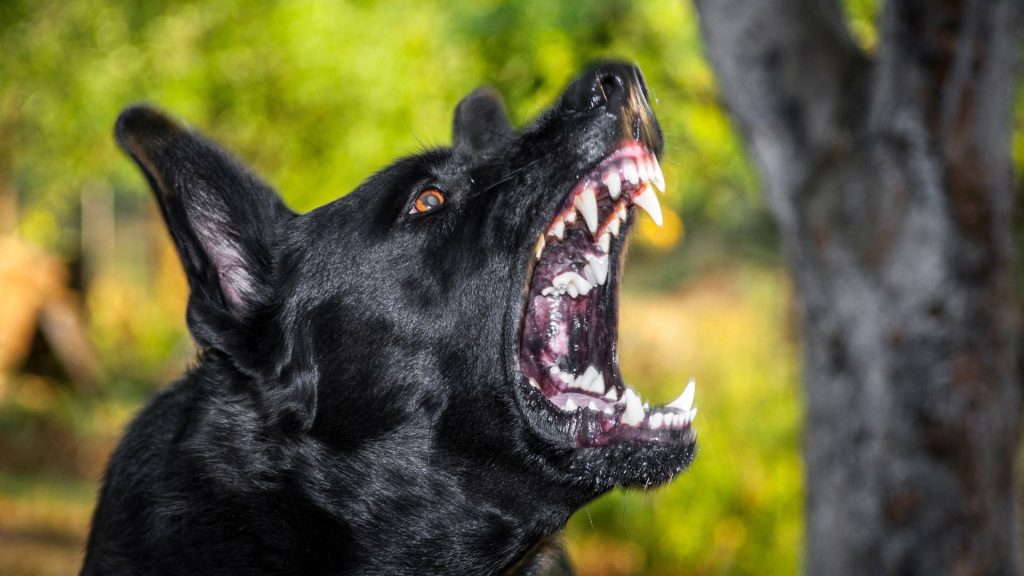
What Defines Aggression in Dogs?
Aggression in dogs is a complex behavior that can manifest in various forms, including growling, barking, biting, and lunging. It is typically a response to perceived threats or stressors and can be influenced by a combination of genetic, environmental, and situational factors.
Common causes and triggers of aggression in dogs include fear, pain, and territorial instincts. Fear-based aggression arises when a dog feels threatened or cornered, leading to defensive behavior. Pain-induced aggression occurs when a dog reacts to physical discomfort or illness. Territorial aggression is often seen when a dog perceives a need to protect its home, owner, or resources from intruders.
There are several types of aggression in dogs:
- Territorial Aggression: Occurs when a dog defends its territory from perceived intruders, whether human or animal.
- Protective Aggression: Happens when a dog guards its family members or other pets from potential threats.
- Fear-Based Aggression: Triggered by a dog’s fear of unfamiliar people, animals, or environments.
- Possessive Aggression: Exhibited when a dog defends its possessions, such as food, toys, or bedding.
- Social Aggression: Arises from conflicts within a social group, such as between dogs in the same household.
- Predatory Aggression: Stemming from a dog’s instinct to hunt, often directed towards smaller animals.
Understanding these causes and types of aggression is crucial for managing and mitigating aggressive behaviors in dogs, ensuring their well-being and the safety of those around them.
Key Traits of Aggressive Dog Breeds
Aggressive dog breeds often exhibit certain behavioral and physical traits that can make them more prone to displaying aggressive behaviors. Recognizing these traits can help in managing and mitigating potential risks.
Common Behavioral Traits:
Aggressive dog breeds typically display dominant behaviors such as guarding, possessiveness, and territoriality. These dogs may show heightened alertness and react quickly to perceived threats. They might also exhibit a strong prey drive, chasing after smaller animals or moving objects. In social settings, these breeds can be more assertive and may not tolerate other animals or unfamiliar people well.
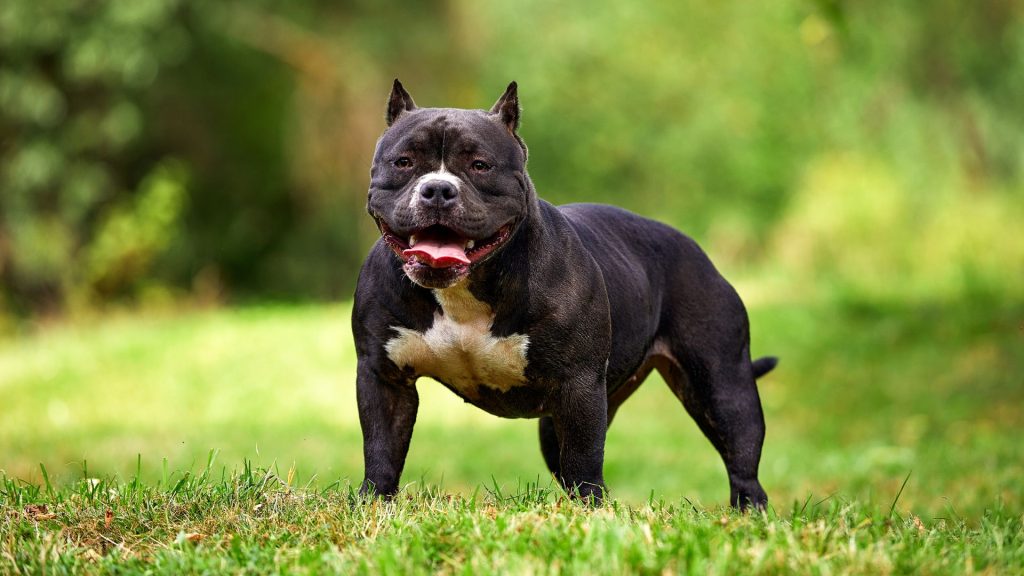
Physical Characteristics:
Certain physical traits are often associated with aggressive dog breeds. These dogs tend to have a strong, muscular build, which can make their aggressive behavior more dangerous. They often possess powerful jaws and a robust neck, contributing to their ability to inflict significant damage if they bite. Breeds with a strong, sturdy stance and a high level of endurance are also more likely to exhibit aggressive tendencies.
Environmental Factors:
The environment in which a dog is raised and lives can significantly influence its aggression levels. Lack of proper socialization and training can exacerbate aggressive tendencies. Dogs that experience neglect, abuse, or inconsistent discipline are more likely to develop aggressive behaviors. Additionally, stressful environments with constant changes or threats can trigger aggression. Proper socialization, positive reinforcement training, and a stable, loving environment are crucial in mitigating aggression in these breeds.
Understanding these traits and factors is essential for preventing and managing aggressive behaviors in dogs, ensuring a safer environment for both the animals and those around them.
Top 10 Most Aggressive Dog Breeds
Aggression in dogs can be a concerning trait, particularly for breeds that are known to exhibit such behavior more frequently. Understanding the background, common aggressive traits, and management tips for these breeds is crucial for responsible ownership. Here are the top 10 most aggressive dog breeds:
1. Pit Bull Terrier
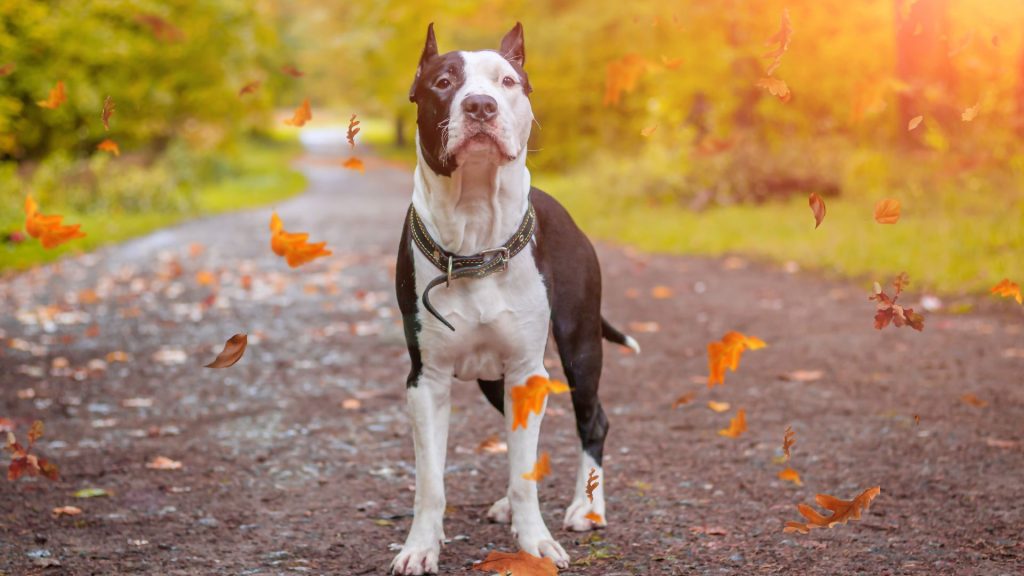
Background and History: Originally bred for bull-baiting and later as farm dogs, Pit Bulls have a strong and muscular build.
Common Aggressive Traits: Known for their tenacity and strength, Pit Bulls can be aggressive towards other dogs and sometimes humans if not properly socialized.
Tips for Owners: Early socialization and consistent training are essential. Pit Bulls benefit from positive reinforcement and need regular exercise to manage their energy levels.
2. Rottweiler

Background and History: Rottweilers were initially used as herding dogs and later as guard dogs due to their protective nature.
Common Aggressive Traits: Rottweilers can exhibit territorial and protective aggression, especially towards strangers.
Tips for Owners: Owners should focus on obedience training and socialization from a young age. Providing a structured environment helps manage their protective instincts.
3. German Shepherd
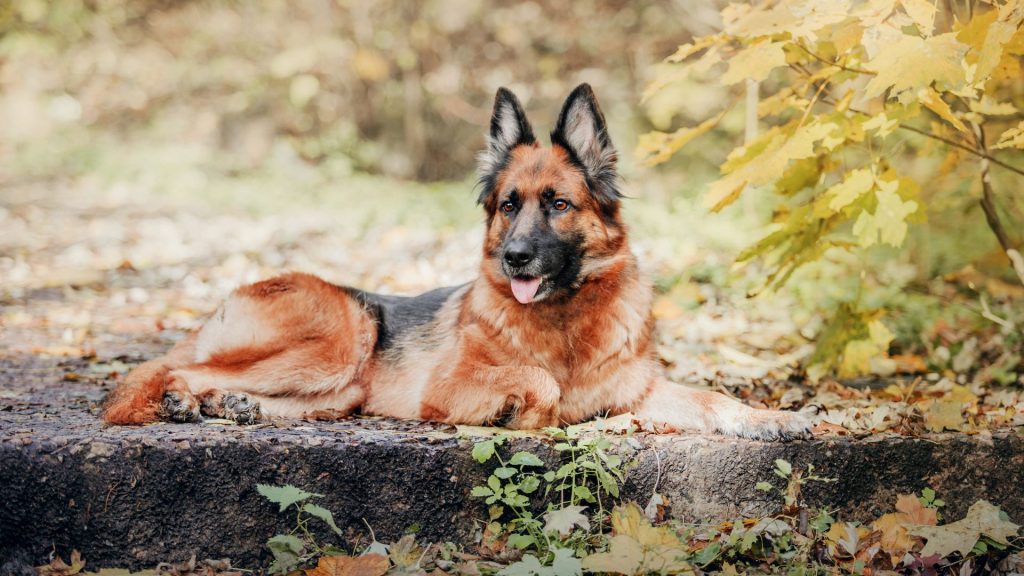
Background and History: Bred for herding and guarding, German Shepherds are intelligent and versatile working dogs.
Common Aggressive Traits: German Shepherds may show territorial and protective aggression, making them excellent guard dogs but potentially challenging pets.
Tips for Owners: Regular training and mental stimulation are crucial. Socializing them with different environments and people helps reduce aggressive tendencies.
4. Doberman Pinscher

Background and History: Originally bred for protection, Dobermans are known for their loyalty and alertness.
Common Aggressive Traits: Dobermans can be protective and territorial, often wary of strangers.
Tips for Owners: Consistent training and early socialization are key. Dobermans need an active lifestyle with plenty of physical and mental exercise.
5. Bullmastiff
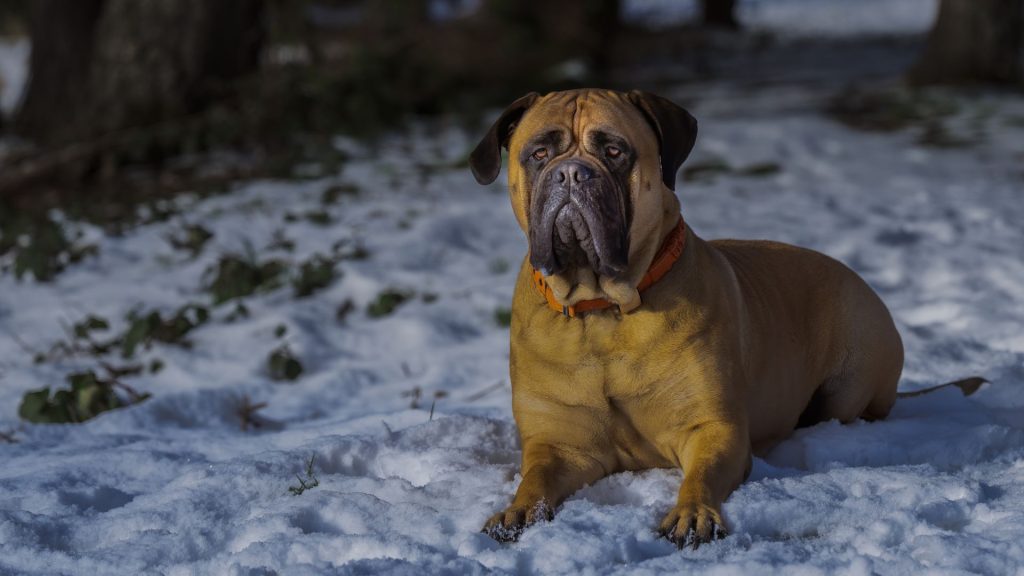
Background and History: Bred as guard dogs, Bullmastiffs are powerful and protective.
Common Aggressive Traits: They can display protective aggression, particularly if they sense a threat to their family.
Tips for Owners: Early training and socialization are important. Owners should establish themselves as leaders and provide a calm and structured environment.
6. Husky
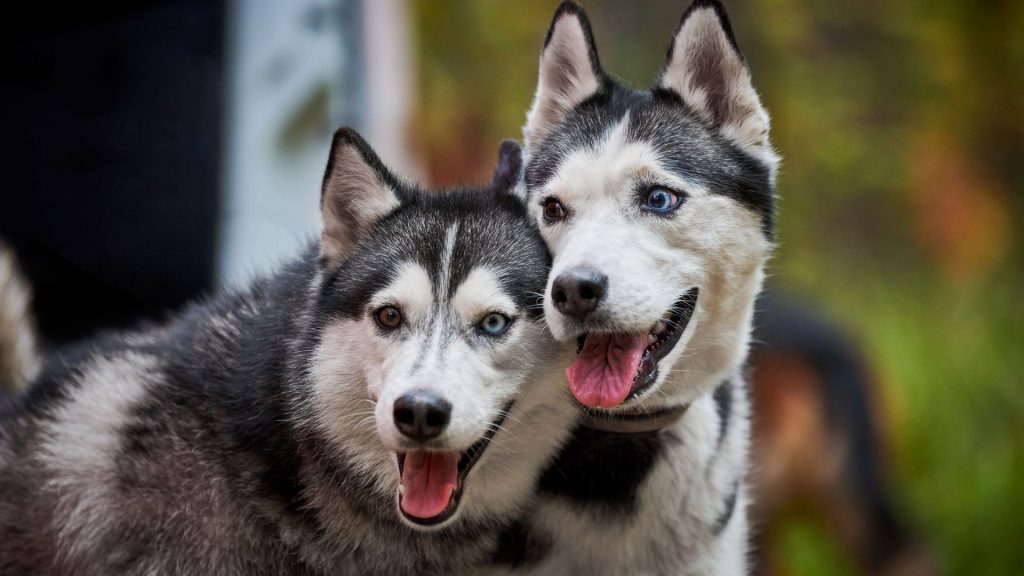
Background and History: Huskies were bred as sled dogs, known for their endurance and independence.
Common Aggressive Traits: While generally friendly, Huskies can exhibit predatory aggression towards smaller animals.
Tips for Owners: Socialization with other animals is essential. Huskies need plenty of exercise and mental stimulation to prevent boredom-related aggression.
7. Alaskan Malamute
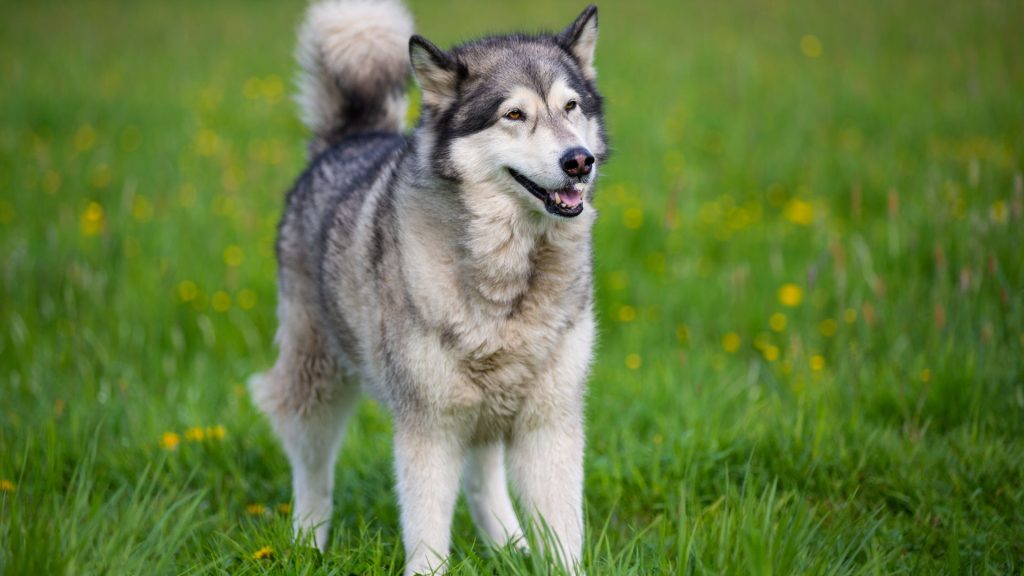
Background and History: Similar to Huskies, Malamutes were bred for sledding and have a strong, independent nature.
Common Aggressive Traits: Malamutes can be aggressive towards other dogs and have a high prey drive.
Tips for Owners: Socialization and obedience training are crucial. Malamutes need an active lifestyle and firm leadership.
8. Chow Chow
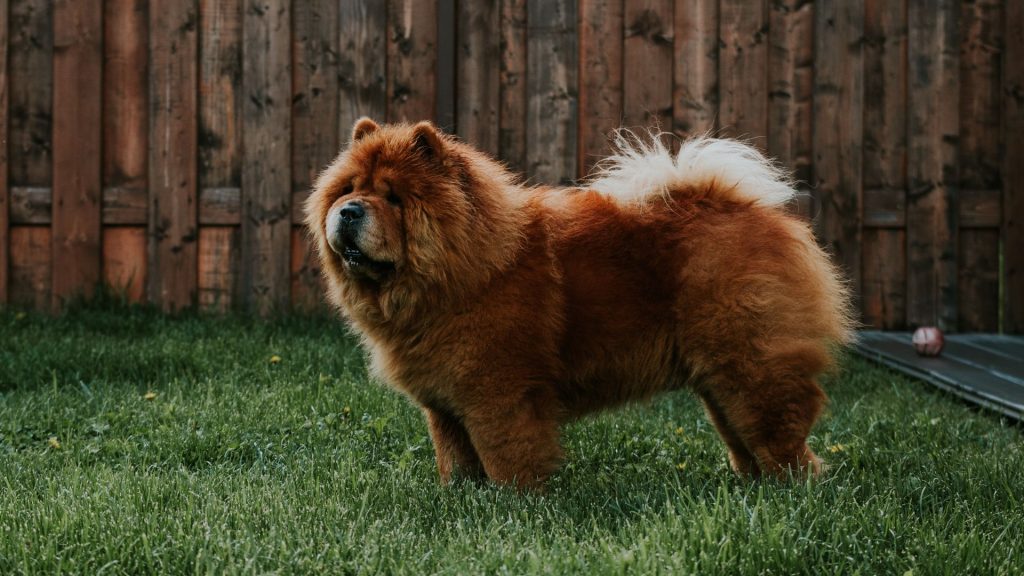
Background and History: Originally from China, Chow Chows were used for hunting and guarding.
Common Aggressive Traits: Chow Chows can be aloof and territorial, often displaying aggression towards strangers.
Tips for Owners: Early socialization and consistent training are necessary. Chow Chows benefit from a calm and authoritative owner.
9. Akita

Background and History: Bred for hunting and guarding in Japan, Akitas are known for their loyalty and bravery.
Common Aggressive Traits: Akitas can be territorial and may exhibit aggression towards other dogs.
Tips for Owners: Akitas need early socialization and obedience training. Owners should be firm and consistent in their training approach.
10. Wolf Hybrid
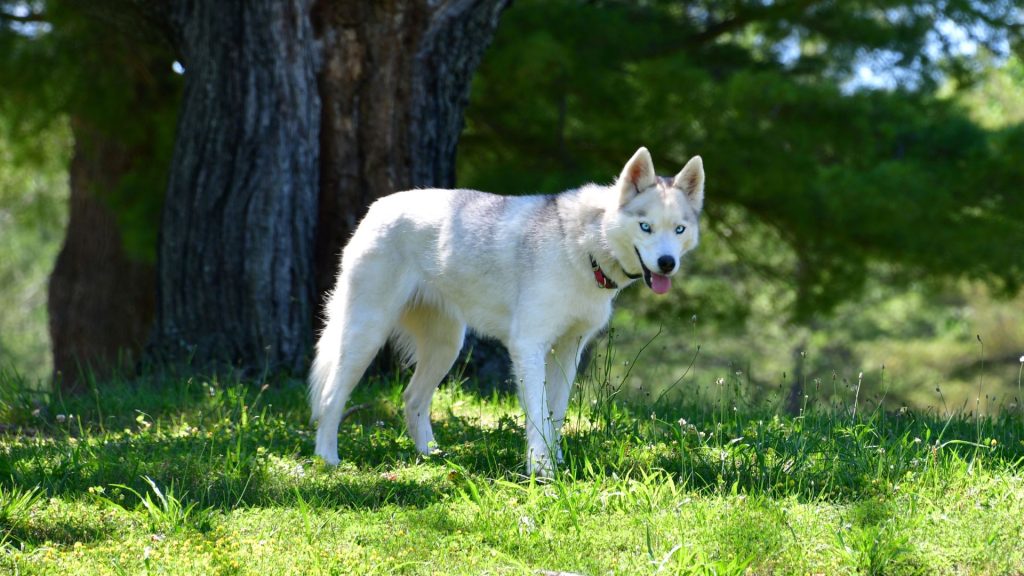
Background and History: Wolf hybrids are a mix between domesticated dogs and wolves, retaining many wild traits.
Common Aggressive Traits: Due to their wild ancestry, wolf hybrids can exhibit unpredictable and aggressive behaviors.
Tips for Owners: Owners should have experience with similar breeds and provide a secure environment. Professional training and socialization are essential.
Managing Aggressive Behaviors
While these breeds may have a higher propensity for aggression, responsible ownership can mitigate these tendencies. Here are some general tips for managing aggressive behaviors:
- Early Socialization: Exposing your dog to various environments, people, and other animals from a young age can reduce fear and territorial aggression.
- Consistent Training: Obedience training helps establish boundaries and expectations. Positive reinforcement techniques are effective in encouraging desired behaviors.
- Mental and Physical Stimulation: Providing regular exercise and mental challenges can prevent boredom, which often leads to aggressive behavior.
- Professional Help: If aggressive behaviors persist, seeking the help of a professional dog trainer or behaviorist can be beneficial.
- Understanding Triggers: Identifying and addressing the specific triggers of your dog’s aggression can help manage and prevent incidents.
By understanding the traits and needs of these aggressive dog breeds, owners can ensure a safer and more harmonious relationship with their pets. Responsible ownership, combined with proper training and socialization, can significantly reduce the risks associated with these breeds.
Understanding the Risks and Responsibilities
Owning an aggressive dog breed comes with significant risks and responsibilities.
Legal implications include potential restrictions or bans on certain breeds, as well as liability for any injuries caused by the dog.
Ethical considerations involve ensuring the dog’s well-being and providing appropriate training and care to manage its aggressive tendencies.
Community and public safety concerns necessitate responsible ownership practices, such as secure fencing, proper supervision, and adherence to local regulations. Owners must be committed to preventing aggressive incidents and promoting a safe environment for both the dog and the community.
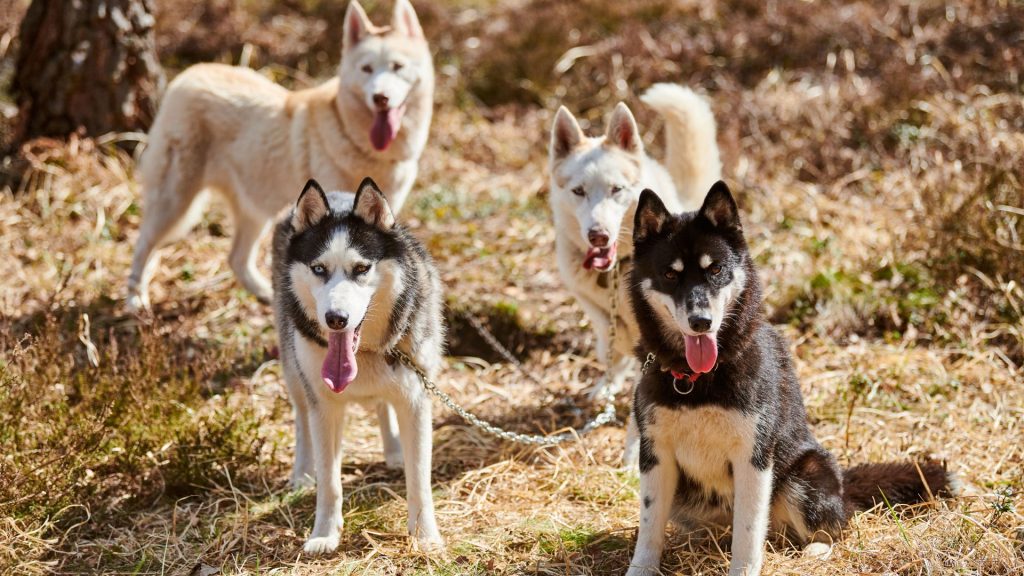
Safety Tips for Owners
Ensuring a safe environment for an aggressive dog breed starts at home. Creating a secure living space with sturdy fencing and locked gates prevents the dog from escaping and encountering potential triggers. Indoors, provide designated areas where the dog can retreat to when feeling overwhelmed.
Proper handling and supervision are crucial. Always use a strong, comfortable leash and harness during walks. Familiarize yourself with your dog’s body language to anticipate and mitigate aggressive reactions. Never leave aggressive dogs unsupervised with children or other pets.
Safety measures when interacting with strangers and other animals include introducing new people and animals gradually and in controlled settings. Use a muzzle if necessary during initial meetings to ensure safety. Educate visitors on how to approach and interact with your dog calmly. Regular training sessions and reinforcement of commands like “sit,” “stay,” and “leave it” can significantly improve control and reduce aggressive tendencies.
Conclusion
Understanding and managing aggressive dog breeds require dedication and responsibility. Key points include early socialization, consistent training, and creating a safe environment. Responsible ownership ensures the well-being of the dog and community safety. With proper care and commitment, aggressive tendencies can be managed effectively for a harmonious relationship.
Visit PetFleck.com to explore why these unique breeds make wonderful pets!

Hello, I’m Donna Carter, the founder and writer behind PetFleck.com. My journey with dogs started years ago, and it’s been a passion that has only grown stronger over time. I’ve always been fascinated by the unique behaviors and characteristics of different dog breeds, and this curiosity has led me to dive deep into the world of canine studies.
My love for dogs is the driving force behind everything I do. I’ve dedicated countless hours to researching and understanding the nuances of dog care, training, and breed-specific traits. This dedication helps me create content that is not only informative but also genuinely helpful for fellow dog lovers and owners.
At PetFleck, I combine my extensive knowledge and hands-on experience with my passion for dogs to provide valuable insights and tips. Whether it’s exploring different breeds or offering practical advice on dog care, I aim to share knowledge that makes a real difference in the lives of dogs and their families.
I’m thrilled to share my love for dogs with you through my writing. I hope my articles inspire and inform, helping you to better understand and appreciate the incredible bond we share with our furry friends.
Thank you for visiting PetFleck.com, and I look forward to connecting with you through our shared love of dogs!

